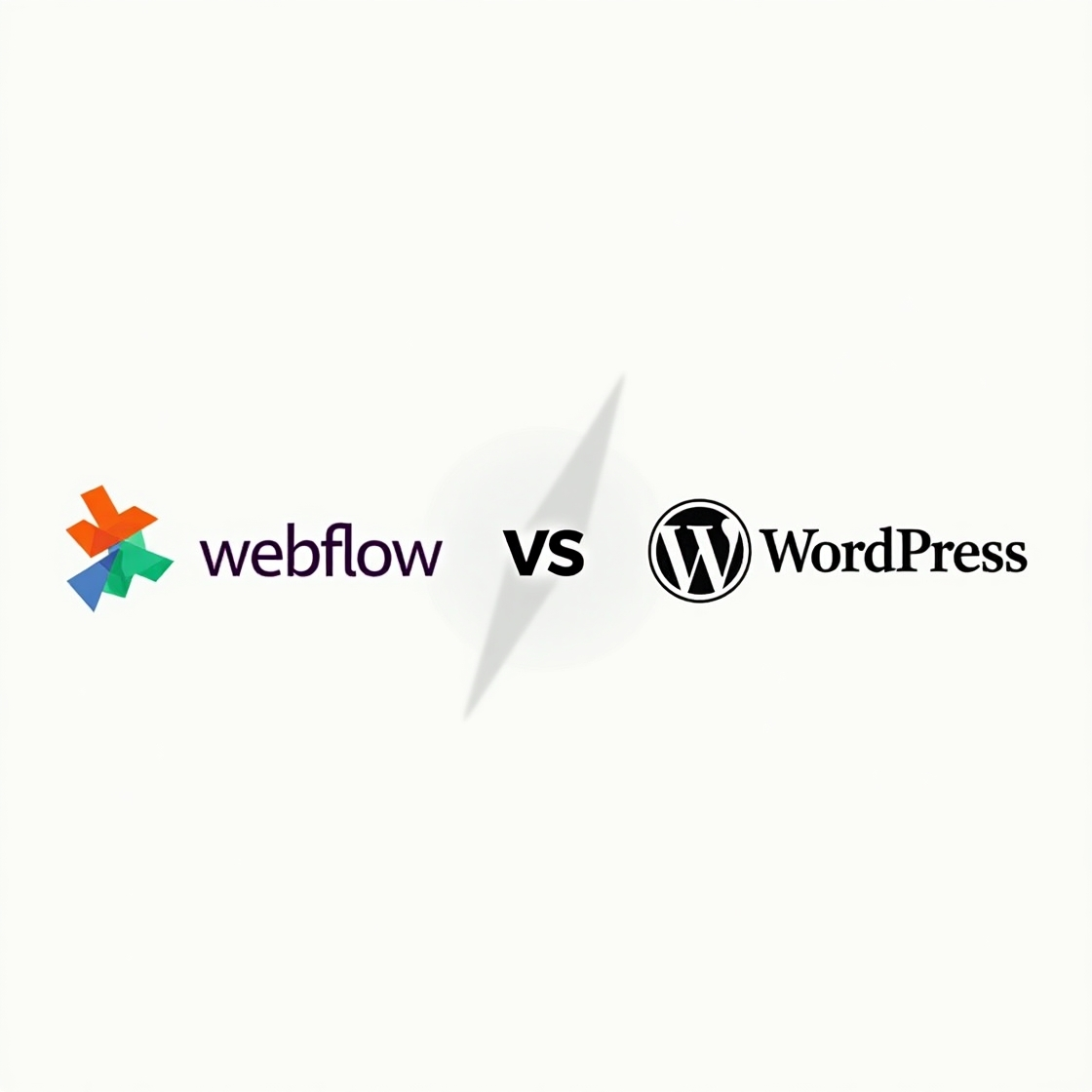Custom eCommerce Website Design Toronto
iExperto offers custom eCommerce website solutions, combining responsive design with innovative development to craft user-friendly online stores that deliver an outstanding user experience and meet your business needs.
Ecommerce Platforms

Services
Design and Development
At iExperto, our eCommerce website design and development expertise focuses on creating user-friendly shopping carts, seamlessly integrated payment gateways, and well-organized product catalogs. We combine this with cutting-edge UX/UI design and a mobile-first approach to craft an exceptional customer experience across all devices.
Technical Implementation
Our technical implementation service delivers simple yet effective inventory management and order processing systems, designed to streamline operations while maintaining peak security and data protection. Our eCommerce platform-specific designs for Shopify and WooCommerce have a focus on scalability and performance optimization with room for seamless third-party integrations.
Ecommerce Integration
Our expert website developers incorporate eCommerce functionality into your online store with smoothly integrated payment gateways and shipping options. These functions give you peace of mind with simple inventory management and order fulfillment systems.
Optimization and Marketing
Our custom eCommerce website design includes advanced marketing strategies that optimize your website to rank highly on search engines, boost customer conversion rates, and enable e-commerce and email marketing automation. Additionally, we provide high-quality product photography guidelines and a mobile-responsive design to ensure your website looks stunning and performs seamlessly across all devices.
Support and Maintenance
We offer ongoing technical support for your eCommerce websites where we perform regular maintenance and updates. We also track key website vitals and metrics to ensure performance and security stay up to date.
Consultation and Strategy
Our consultation and strategy services are designed to boost your online store presence, offering complete eCommerce solutions to enhance user satisfaction and engagement. We provide in-depth technical consultation and craft custom digital marketing strategies, ensuring the success of your e-commerce store.
Why Choose Us?
We offer custom eCommerce website development services that cater specifically to the needs of Toronto businesses, combining local expertise with cutting-edge technology.
As a Toronto-based eCommerce website development agency, we understand local trends and customer behaviors, enabling us to craft designs that resonate with your target audience. Toronto businesses often face challenges in selecting the right eCommerce platform. Our team simplifies the process by comparing Shopify’s ease of use with WooCommerce’s scalability.
We utilize the latest e-commerce platforms and technologies, including Shopify, Magento, and WooCommerce, to build robust, scalable, and secure online stores that can grow with your business.
Our e-commerce developers create customized eCommerce websites that reflect your brand identity and meet your specific business needs, ensuring a unique online presence.
Beyond design, we offer a full-spectrum approach including SEO optimization, payment gateway integration, and mobile responsiveness to maximize your online store’s performance.
Are you Ready to Launch Your eCommerce Website ?
Book a call with iExperto, the leading eCommerce development company in Toronto, to craft a highly customized eCommerce store design tailored to your needs.
Our eCommerce Website Development Ensures
iExperto team creates bespoke e-commerce websites that maximize your online sales potential and provide an exceptional shopping experience for your customers. Our custom e-commerce web development blends aesthetics, functionality, and conversion optimization to drive your business growth.
Mobile-First Design
Your online store will be fully responsive, ensuring a seamless shopping experience across all devices, from desktops to smartphones, to capture sales opportunities wherever your customers are.
Brand Integration
We seamlessly incorporate your brand elements throughout the store, creating a cohesive and memorable shopping environment that reinforces your brand identity and builds customer trust.
Intuitive Product Navigation
Our expert eCommerce website designer implements smart category structures and advanced search functionality, making it easy for customers to find and purchase products—boosting conversion rates and increasing average order value.
Optimized Checkout Process
We design streamlined, user-friendly checkout flows for custom eCommerce websites that minimize cart abandonment and maximize completed purchases, boosting your bottom line.
Performance Optimization
Our e-commerce websites are built for speed, with optimized images, efficient code, and caching mechanisms to ensure fast page loads even with large product catalogs.
SEO and Marketing Integration
Our Toronto-focused SEO strategies ensure your eCommerce store ranks highly in local search results, capturing the attention of nearby customers.
Secure Payment Processing
We incorporate robust security measures and integrate reliable payment gateways to protect your customers’ sensitive information and build trust in your online store.
Speak With Our eCommerce web design experts
Featured Topics
FAQs
What is the ecommerce development cost for designing a website in Toronto?
Do you offer different packages or is it a one-size-fits-all service?
How does your service stand out from other Toronto-based web design companies?
What are the benefits of working with a Toronto-based E-commerce website design company?
Do you offer ongoing website design support after the launch of my E-commerce website?
Do you offer responsive web design to ensure my E-commerce website looks good on all devices?
Can you help me with product photography and content creation for my E-commerce website?
How do you ensure my E-commerce website is optimized for search engines (SEO) in the Toronto area?
Do you specialize in any specific E-commerce platforms (e.g., Shopify, WooCommerce)?
What platforms excel in building online store websites?


